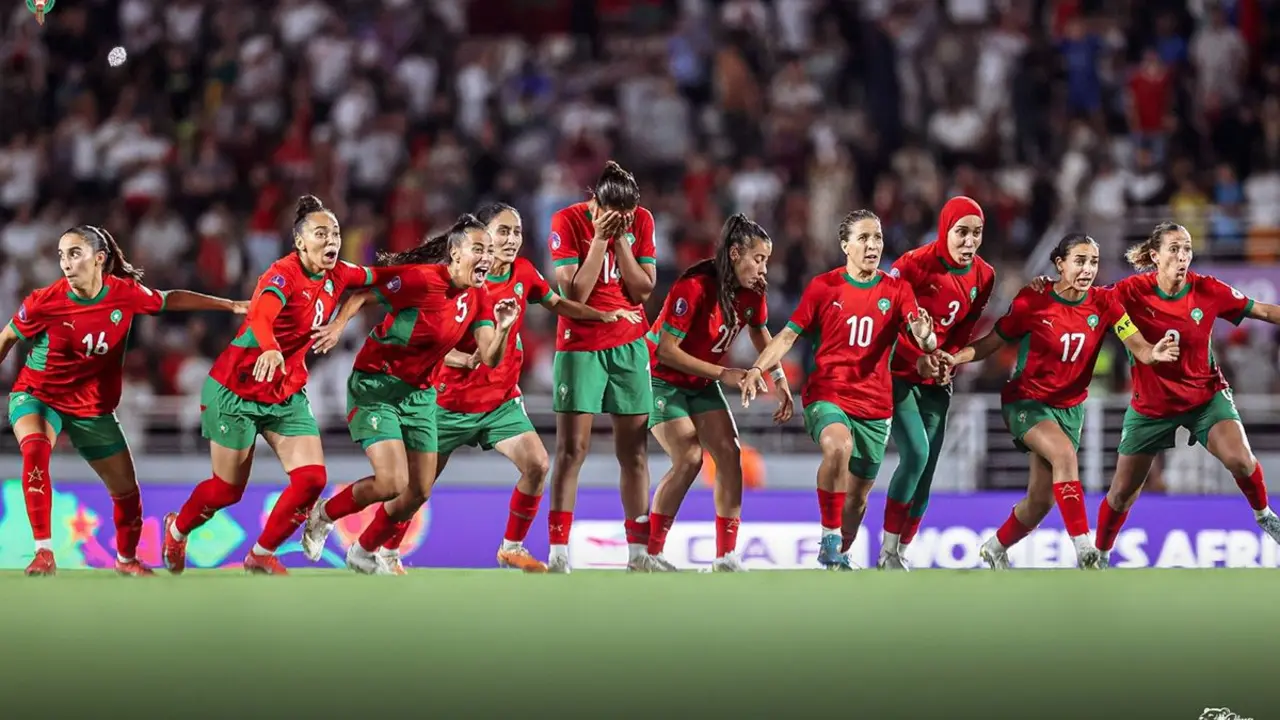Cocaine gets hooked on sport

The World Anti-Doping Agency (WADA) made this news public on 30 September 2020:
Cocaine, diamorphine (heroin), methylenedioxymethamphetamine (MDMA / ecstasy) and tetrahydrocannabinol (THC) have been identified as substances of abuse in the 2021 List. This means that, if an athlete can demonstrate that the use of any of these four substances was out-of-competition and not related to sport performance, the suspension imposed will now be three months and can be reduced to one month if the athlete completes a rehabilitation programme.
The paragraph went unnoticed at the time. For years, doping in sport has been slipping through the cracks left by TUE (Therapeutic Use Exemptions), i.e. the therapies that can be used by many athletes with the approval of the relevant federations or agencies to treat illnesses. Cycling, tennis and football, the sports with the most medical authorisations, push their professionals to the limit. In some cases it is covert doping and in others it is the only way for the athlete to perform without other more or less serious illnesses preventing him or her from competing.
WADA has opened the door to cocaine. The performance enhancement is there, although the stigma attached to the user has been much greater to avoid it. It is a recreational use that can cause serious side effects. It is the drug that kidnapped the best Maradona and turned him into a broken toy. It is the same drug that disgraced Adrian Mutu, the Romanian striker who was destined for success at Chelsea and who ended up taking it and serving a seven-month ban, only to disappear from the map of elite football.
The penalty for cocaine use could have been up to two years. Now, WADA has dropped it to three months and one month if a course is completed. The professionalisation of sport has led footballers, cyclists, tennis players and athletes to stick to strict habits in order to compete at the elite level. A script from which they cannot deviate. Tennis players must set aside one hour of the day 365 days a year to undergo doping control. Any time, any place. Without warning.
To address this new concession to a drug with such a high media profile, it is necessary to bring together experts with a discerning opinion. Sergio Piernas is a football coach and current Morocco U-23 coach. Eulalia Alemany is technical director of the Fundación de Ayuda contra la Drogadicción (FAD). Luis Fernando Alguacil is Professor of Pharmacology and Director of the Institute of Addiction Studies IEA-CEU. The last of the guests in this analysis is Felipe de Luis, sports journalist and author of the book "Sito, presidente" about how drug trafficking took over a team in Cambados (Pontevedra).
Professor Alguacil points directly to the roots of WADA to try to understand why the sanction has been lowered so much: "From the very beginning it has been argued that anti-doping measures seek, first and foremost, to preserve the health of the athlete before pursuing sporting fraud. Given that even occasional cocaine use can be very dangerous for the athlete, the fact of no longer pursuing cocaine use in any form is a de facto renunciation of WADA's original objectives".
Without leaving Luis Alguacil's laboratory, we can find more answers about what this drug brings to the consumer. "Cocaine belongs to the group of psychostimulants and therefore shares many properties with other substances of the same group such as amphetamines. Among these common effects are the ability to increase psychomotor functions and at the same time decrease the feeling of tiredness, thus fraudulently improving performance in some sports. Not in all, as when precision and coordination are required, the use of psychostimulants can worsen performance by increasing the number of errors. These effects are due to the fact that all psychostimulants promote the transmission of nerve impulses in certain areas of the brain by increasing in one way or another the effectiveness of chemical mediators such as dopamine and noradrenaline," he says.
But sticking to the field of sport and without going into situations of continuous and high consumption typical of people suffering from addiction, Alguacil explains that "it is important to point out that psychostimulants increase metabolic expenditure, cause insomnia, reduce appetite and reduce the perception of overexertion, all of which can lead to exhaustion in sportsmen and women. In addition to these cerebral effects, psychostimulants have direct actions on the heart and blood vessels, thus increasing the risk of stroke or myocardial infarction.
Cocaine therefore responds to the typical profile of a psychostimulant with additional properties specific to this substance, e.g. its well-known local anaesthetic effect. (This is the explanation why in the movies, policemen distinguish whether the drug seized is cocaine by putting a small part of it on their tongue).
The cocaine user may be occasional or habitual. Dr Alguacil explains that "although the risks associated with cocaine use are usually proportional to the degree of use, the vulnerability to suffering from them varies greatly in the population. In this sense, it seems that some people are particularly vulnerable to the cardiotoxic effects of cocaine, so that low levels of consumption have been associated with cases of sudden death". And it leaves open an important unknown, "it is suspected that occasional cocaine use may underlie some cases of athletes who have died unexpectedly and suddenly".
Cocaine use in sport directly influences habits. Sergio Piernas works with football players in training. Young people who can be influenced, but also have a great capacity to focus their efforts and distinguish toxic environments. "Grassroots coaches work on the athlete's habits. This information published by WADA does not help. Sport is not only about competition. It is a development of human values. You compete to win, but only one wins. The rest work to be there, to feel among the elite... during the process they enjoy it a lot". Sergio adds that "the athlete is not only an athlete, he is a person and in the training process there are human relationships, attention, learning... that are not only to win, they are to compete and to understand game situations... so all those substances that can alter this behaviour must be rejected".
Since 1986, the FAD has been fighting drug addiction among adolescents and young people. Its panels confirm that cocaine use in this age group has fallen sharply since its most important peak in 2004. In any case, Spain is still among the European countries with the highest use of this drug according to the latest data from the European Monitoring Centre for Drugs and Drug Addiction.
Eulalia Alemany points out that "from a public health point of view, this message is not very well understood. It does not help society. It is a substance that has managed to stabilise and has been on the decline in recent years". Films and TV series have found a vein in scripts about drug trafficking. Eulalia launches a message of hope and assures that "there is a point of maturity where people distinguish fiction from reality. We are concerned when consumption is trivialised, but series such as 'Narcos', trafficking and consumption have their consequences".
Reality and fiction are linked in these series and also in books. Felipe de Luis found in Vigo one of those stories that honour journalism and reconcile you with society. Between Celta's current affairs and his podcast "Hablamos del fútbol", he found the story of Sito Miñanco, the drug trafficker who bought the football team Juventud Cambados and left it at the gates of the Second Division in 1990. His investigation ended up in a book entitled "Sito presidente" (Editorial Pepitas de Calabaza, 2020) where he deals in a masterly way with the case and the doubts of those players who knew that their sporting promotion was due to the money from the sale of drugs.
His interviews and his experience lead him to give a cross-cutting response, "WADA's decision can be interpreted as a misleading message, but they should not be responsible for the influence of drugs in society. It is not their role. The issue of recreational drugs is a very broad debate. However, if a footballer can use cocaine and is liable to a month's ban, the message can be a lax one.
In his book he seeks to explain the image that the Juventud Cambados players gave to society, "I wanted to know what they thought about receiving a salary that came from drug trafficking. They didn't ask questions, they got paid and did their job. It is true that for a drug trafficker it was not positive, but they were not to blame for the drug addiction in the country. It was Sito Miñanco's responsibility".
The desperation of one of the mothers and activist against drug trafficking in Cambados led her to take a very hard stance that can only be understood by the desperation of seeing a son on drugs and being unable to rescue him, "Carmen Durán told me that the solution could be to legalise drugs. The debate is not a simple one. There are many sides and many grey areas," the journalist reveals.
The WADA has brought back to sport the use of a drug that seemed to have been eradicated. It remains to be seen how society accepts this message if the sanctions come.








